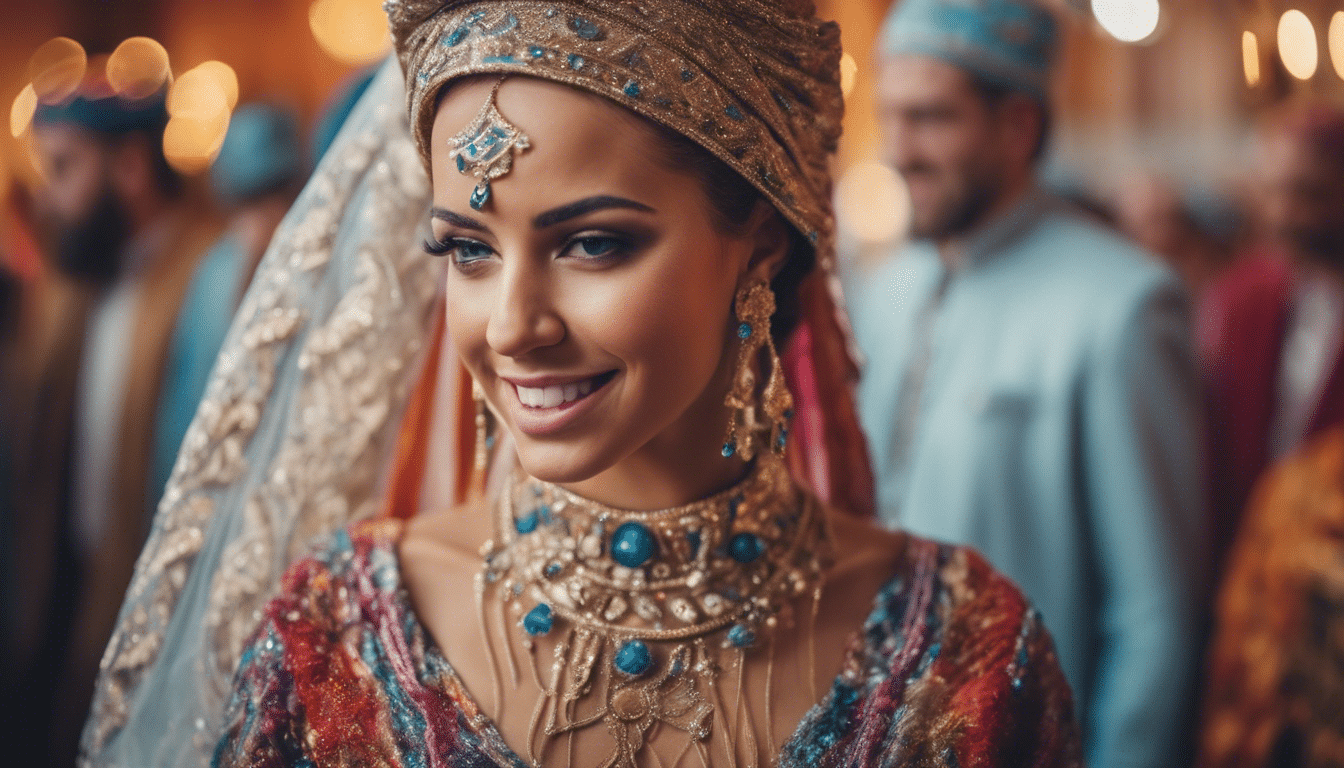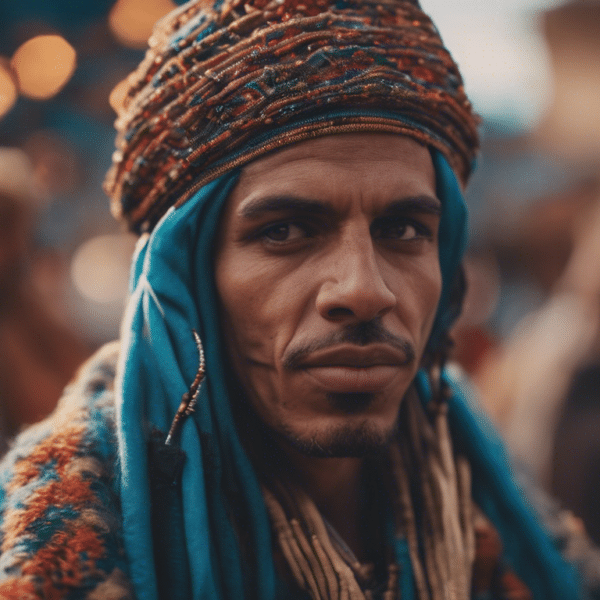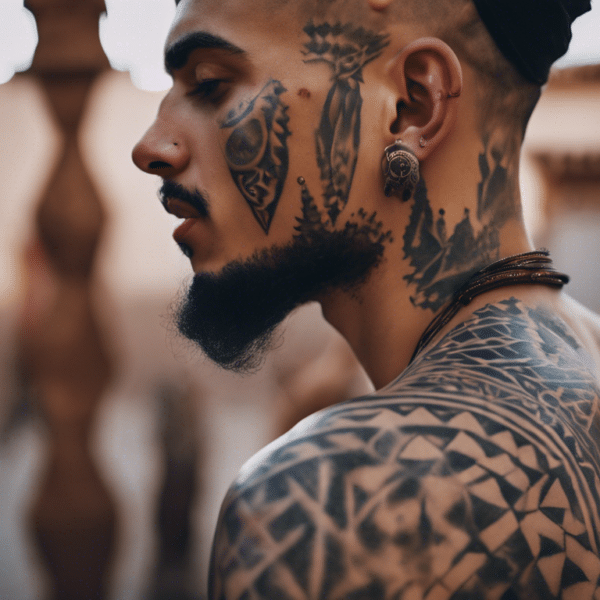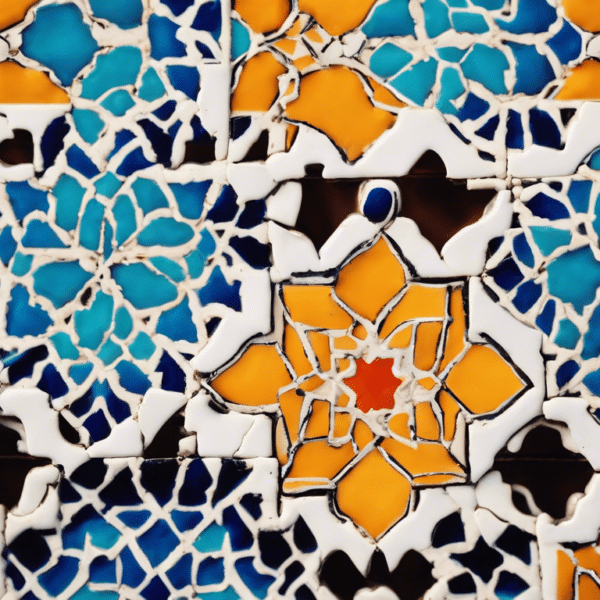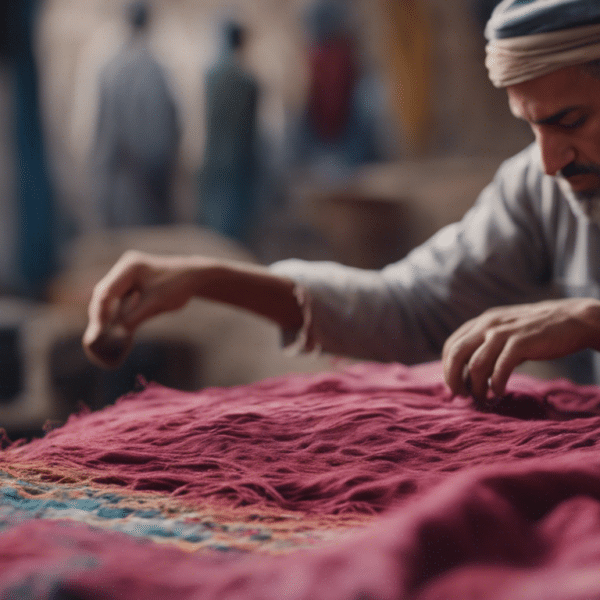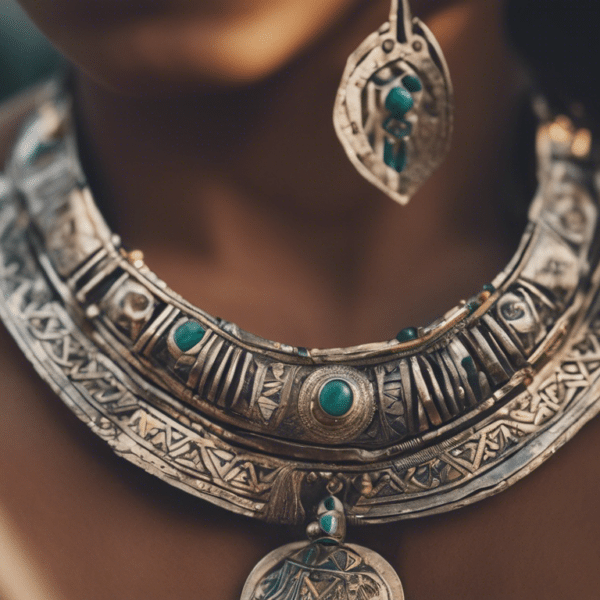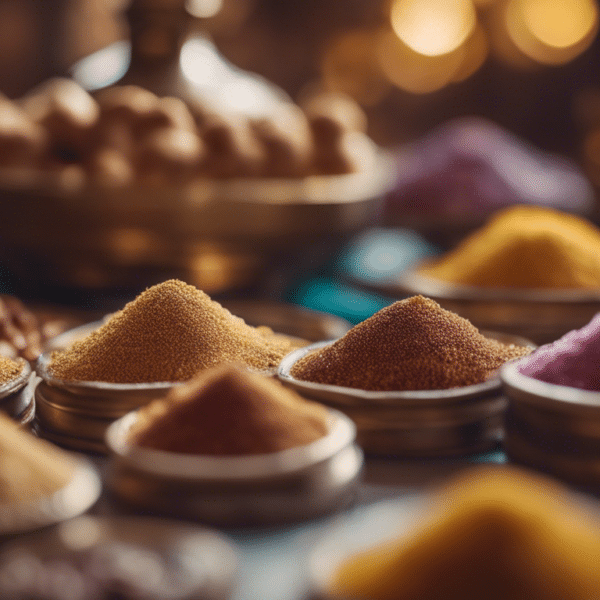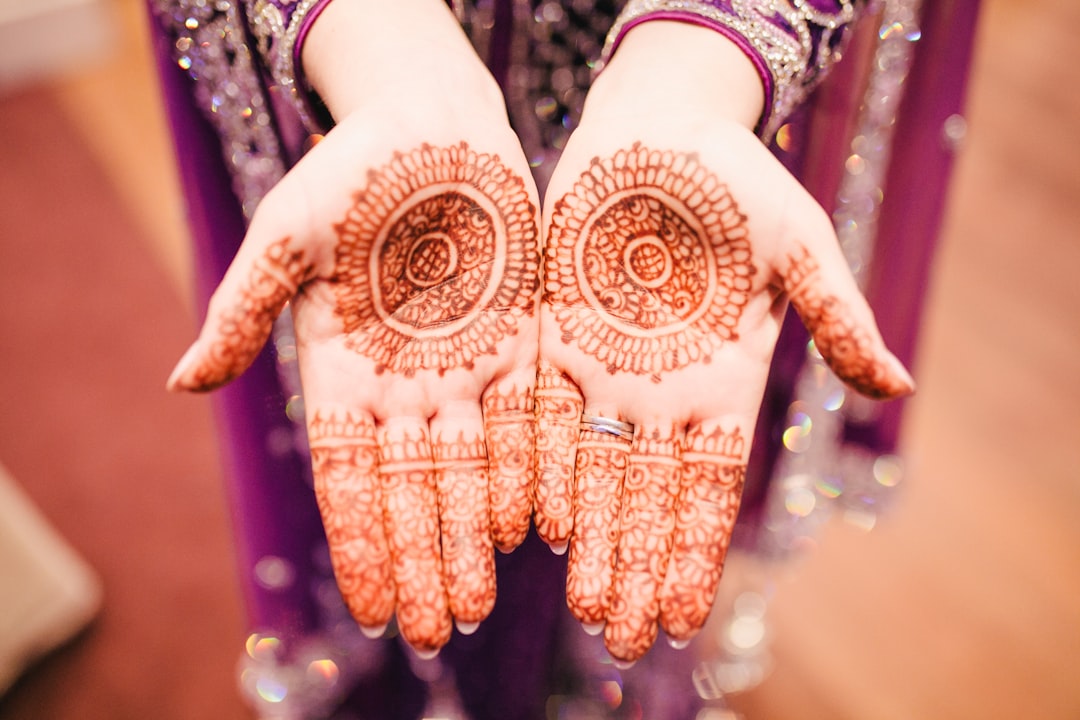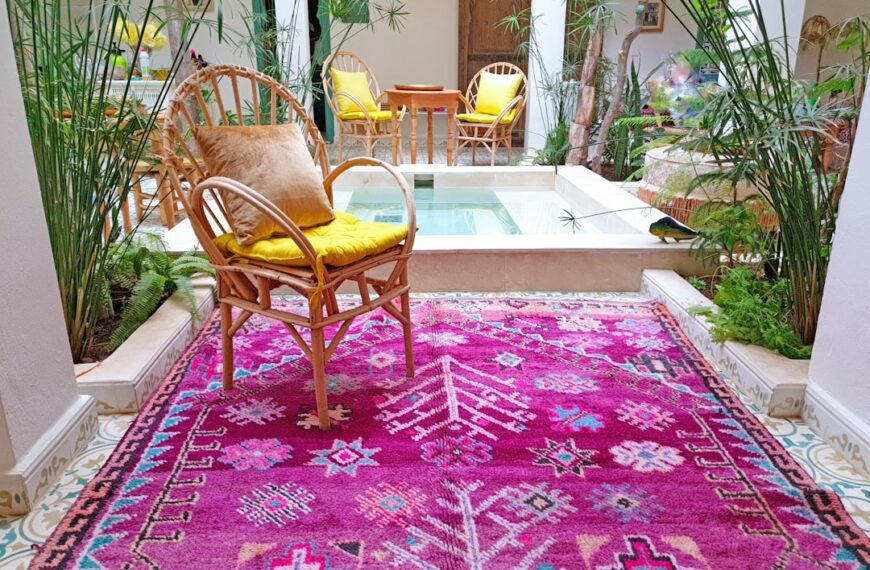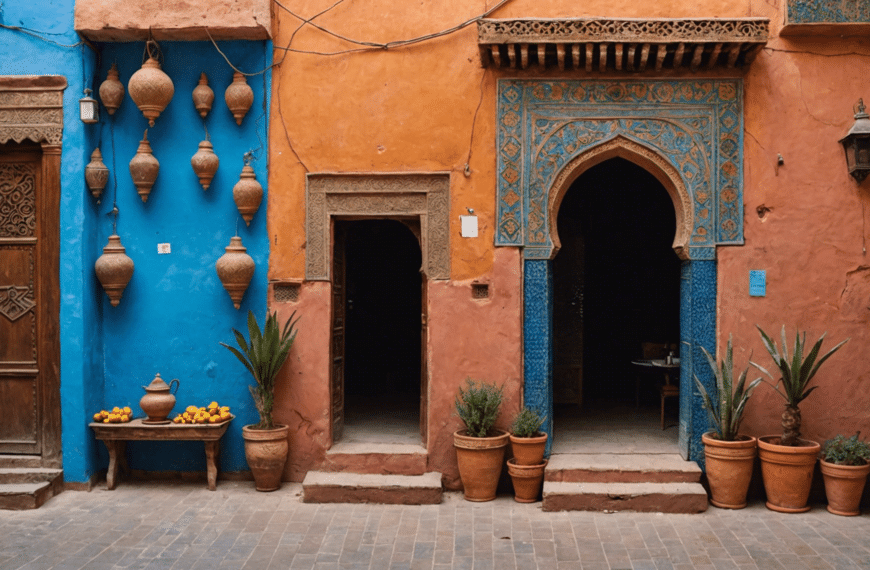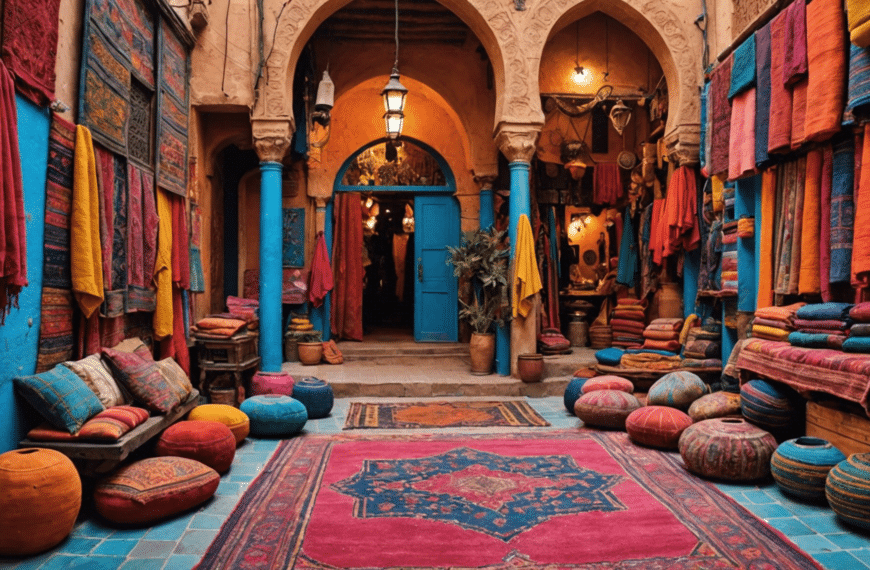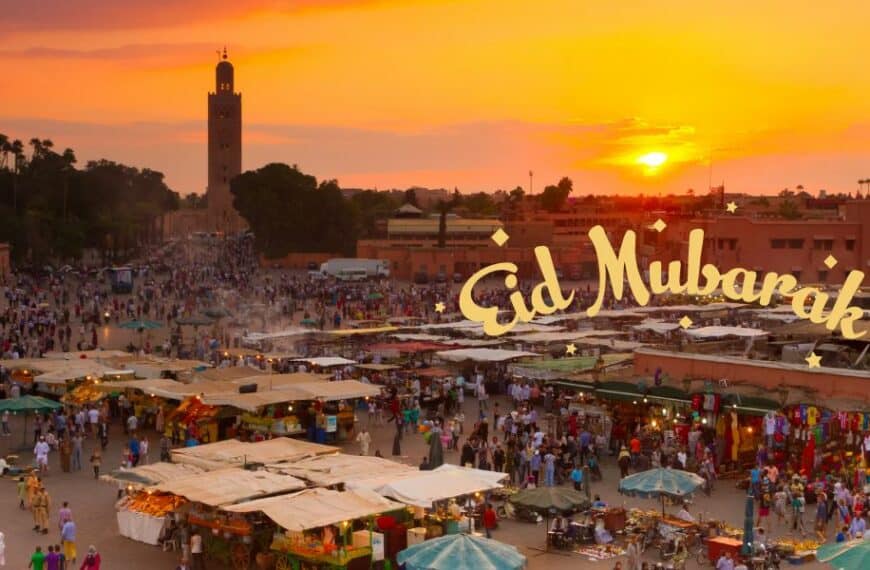Imagine a vibrant tapestry of colors, an enchanting blend of ancient customs and opulent attire that speaks volumes about a culture steeped in heritage. Moroccan traditional wedding attire is not just clothing; it’s a ceremonial armor that adorns the bride and groom, bestowing upon them the legacy of a civilization as timeless as the Atlas Mountains. From the ornate kaftan to the splendid takchita, each piece is a work of art, meticulously crafted to celebrate love, unity, and the mesmerizing dance of traditions. Join us as we unravel the exquisite wardrobe of a Moroccan wedding, a visual feast that is as captivating as the land from which it hails.
Unveiling the elegance of Moroccan wedding attire
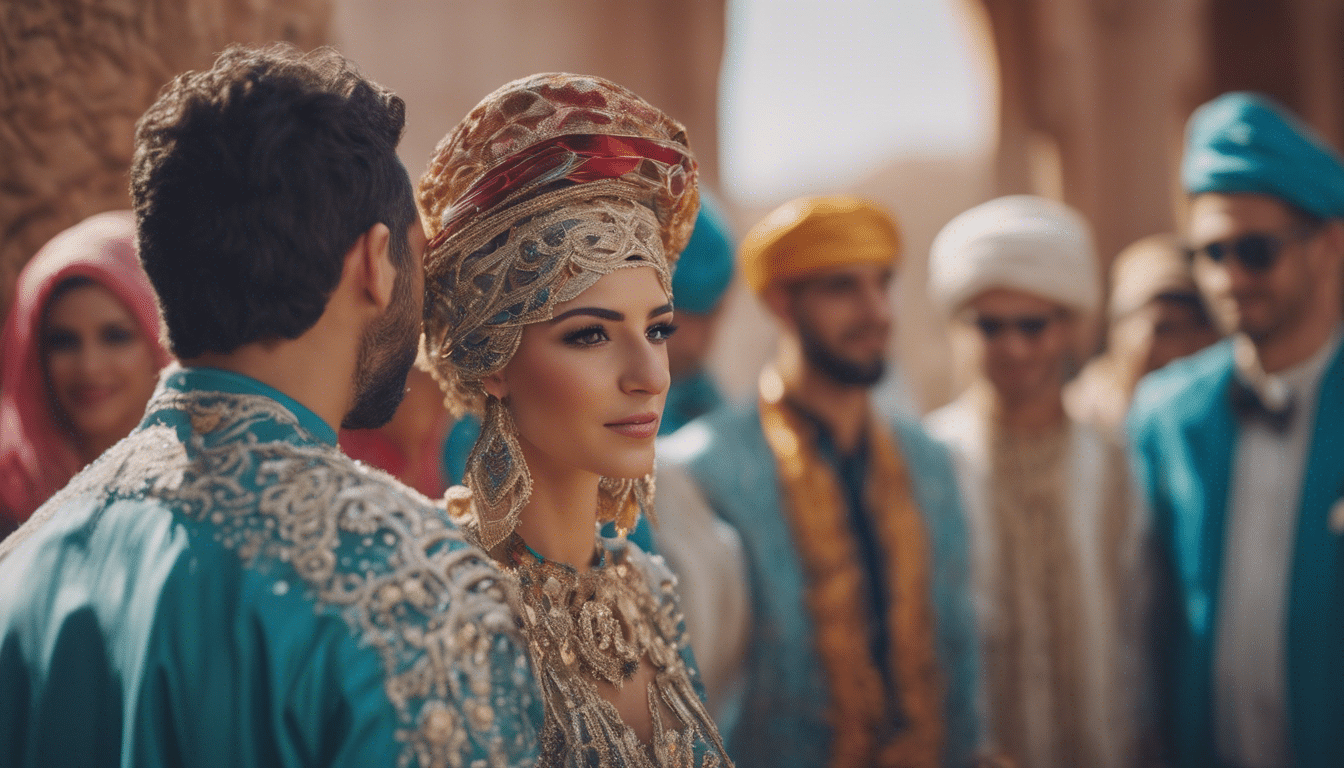
There’s an air of mystery and romance that envelops a Moroccan traditional wedding. It’s an affair that promises more than just a union of two hearts—it’s an exhibition of heritage, a tableau of cultural artistry, and most fascinatingly, a showcase of exquisite attire that harks back to the regal elegance of days long past.
At the heart of this grand celebration is the bride, a vision of splendor cloaked in layers of finely crafted garments. The Moroccan bridal attire is steeped in tradition, each piece telling a story of family heritage and skilled artisanship. The intricate designs that adorn the fabrics are not just for adornment; they are symbols of the bride’s social status, her family’s wealth, and an express wish for good fortune and fertility.
The magic of the Takchita
As guests revel in the warmth of Moroccan hospitality, all eyes are inevitably drawn to the bride’s Takchita, a traditional dress that captures the essence of Moroccan finery. The Takchita, a two-piece ensemble, is marvelously detailed. The first layer, known as the “Dfina,” is typically more muted, allowing the second layer, the exquisite “Takchita,” to dazzle onlookers with its vibrant colors and elaborate embroidery.
Gold and silver threads, interwoven with silk, shimmer under the Moroccan sun, crafting an image of the bride that seems lifted from the pages of a fairytale. The grace of the Takchita is in its ability to be regal and sophisticated while encapsulating the bride’s unique personality.
Adornments that tell a tale
The bride’s outfit is never complete without the customary adornments that accentuate her beauty. Jewelry plays a critical role in Moroccan wedding traditions. Heavy necklaces, chokers, earrings, and bracelets in gold or silver—often encrusted with precious stones—are more than accessories; they’re incarnations of Moroccan history and craftsmanship.
The bride’s head is often crowned with a Tiara or a “Tasfift,” enhancing her royalty-like appearance for the day. On her hands and feet, Henna designs bloom like gardens in elaborate patterns, bestowing blessings and hinting at the bride’s readiness for her new life.
The majestic Moroccan Kaftan
The groom, not to be overshadowed, bears his own trademark elegance in the form of the Moroccan Kaftan. This traditional garment mirrors the luxurious aspects of the bride’s attire, with fine fabrics and detailed embroidery that symbolize status and respect.
Though less complex than the bride’s Takchita, the Kaftan exudes a dignified simplicity that perfectly complements the extravagance of the wedding ceremony. It strikes a fine balance between opulence and modesty, much like the essence of Moroccan culture itself.
Unearthing the essence of Moroccan heritage
The Moroccan traditional wedding attire is a manifestation of cultural celebration, and each region of the country boasts its unique take on these ceremonial garments. From the distinctive colors to the style of embroidery, the attire is a vivid tapestry of Moroccan life that has been worn and cherished by generations.
Persisting through the passage of time, the elegance these garments exude is a testament to Morocco’s deep respect for its history and its fervent desire to keep its traditions alive, not only in the quiet confines of homes but in the joyful processions of marriage, where two souls come together under the auspice of grandeur and time-honored beauty.
Exploring the elements of traditional Moroccan bridal wear
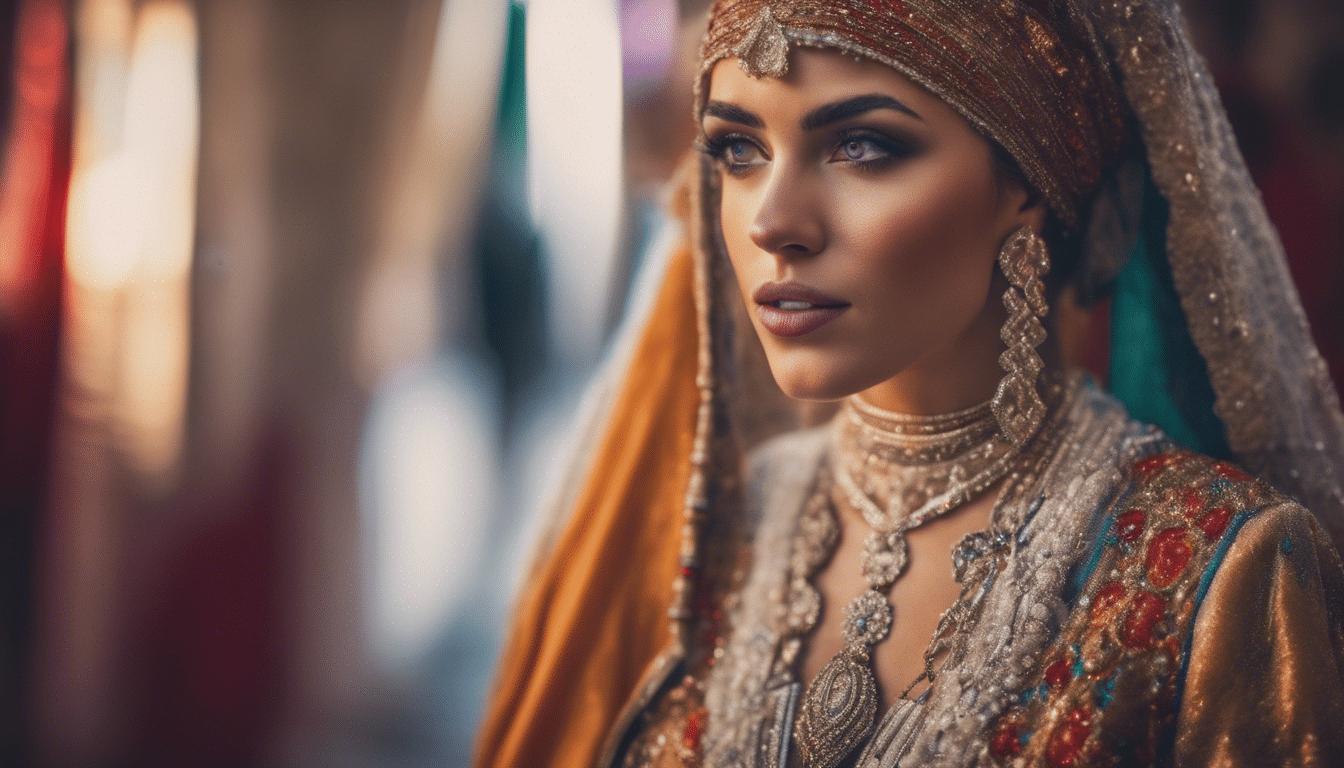
In the heart of Morocco, where the echoes of ancient customs blend with the vibrancy of modern life, the traditional Moroccan wedding stands out as an event of splendid attire and ceremonial beauty. The bridal wear, in particular, is a feast for the eyes, rich in colors, textures, and symbolism that weave the story of a culture deeply rooted in heritage.
When one considers the elements that compose the Moroccan bridal ensemble, it becomes a journey through texture, tradition, and beauty that is unparalleled. So, let us begin our exploration of these elements that not only adorn the body but also represent the soul of Moroccan weddings.
Takchita: The Pinnacle of Moroccan Bridal Elegance
The Takchita is the centerpiece of the bridal wear—a luxurious double-layered gown that speaks volumes of the craftsmanship and aesthetic sensibilities of Moroccan tailors and designers. The inner layer, or ‘khalia’, is typically a simple, flowing dress. The outer layer, or ‘dfina’, is where the magic unfolds, with elaborate embroidery, beading, and sequins. The combination of rich fabrics such as satin, silk, or velvet with the glistening accents creates a regal appearance that is every bride’s dream.
Bridal Jewelry: A Gleaming Testament to Tradition
Moroccan brides are adorned with an array of jewelry that resonates with the vibrancy of Moroccan craftsmanship. Gold necklaces, earrings, and bracelets are traditional, while some regions also include elaborate headpieces known as ‘Tasfift’. Perhaps the most significant piece of bridal jewelry is the belt, which accentuates the waist and is often intricately designed with gold, silver, and precious stones.
Headdress and Veil: The Embodiment of Grace
No Moroccan bridal attire is complete without the headdress, or the ‘Selham’, often a crown-like accessory that adds to the bride’s majestic presence. The veil, or ‘Layla’, varies in design and length, but it always serves to add an air of mystique and elegance to the ensemble, softly cascading over the Takchita.
Hand and Foot Adornment: The Artistry of Henna
A distinctive feature of Moroccan brides is the ceremonial painting of hands and feet with henna. These intricate patterns symbolize fertility, joy, and protection for the bride. It is an art form in itself, reflecting ancient practices that infuse the wedding with a sense of sacred ritual.
Footwear: The Final Touch
While the Takchita garners most attention, the choice of footwear is also paramount to the complete look. Traditional slippers known as ‘Babouches’ are often the choice. Made from soft leather and sometimes decorated to match the bridal dress, they provide both comfort and a nod to tradition.
Color Palette: A Symbolic Array
The traditional palette for Moroccan bridal wear is rich and varied, often featuring bold colors that symbolize different attributes. Red commonly denotes love and grace, while green stands for hope and joy. White, of course, signifies purity and new beginnings. It’s not just the Takchita that carries these colors, but also the veil, jewelry, and henna designs, all coming together in a harmonious blend.
Embarking on the path to marital bliss, a Moroccan bride is a vision of historic grandeur, draped in the finery of her ancestors. Her attire is more than just fabric and jewels; it is a storied tapestry of culture, art, and love—a visual symphony, a bridge between past and future, celebrating the joyous union of two hearts in the timeless Moroccan style.
The vibrant mosaic of Moroccan groom’s clothing
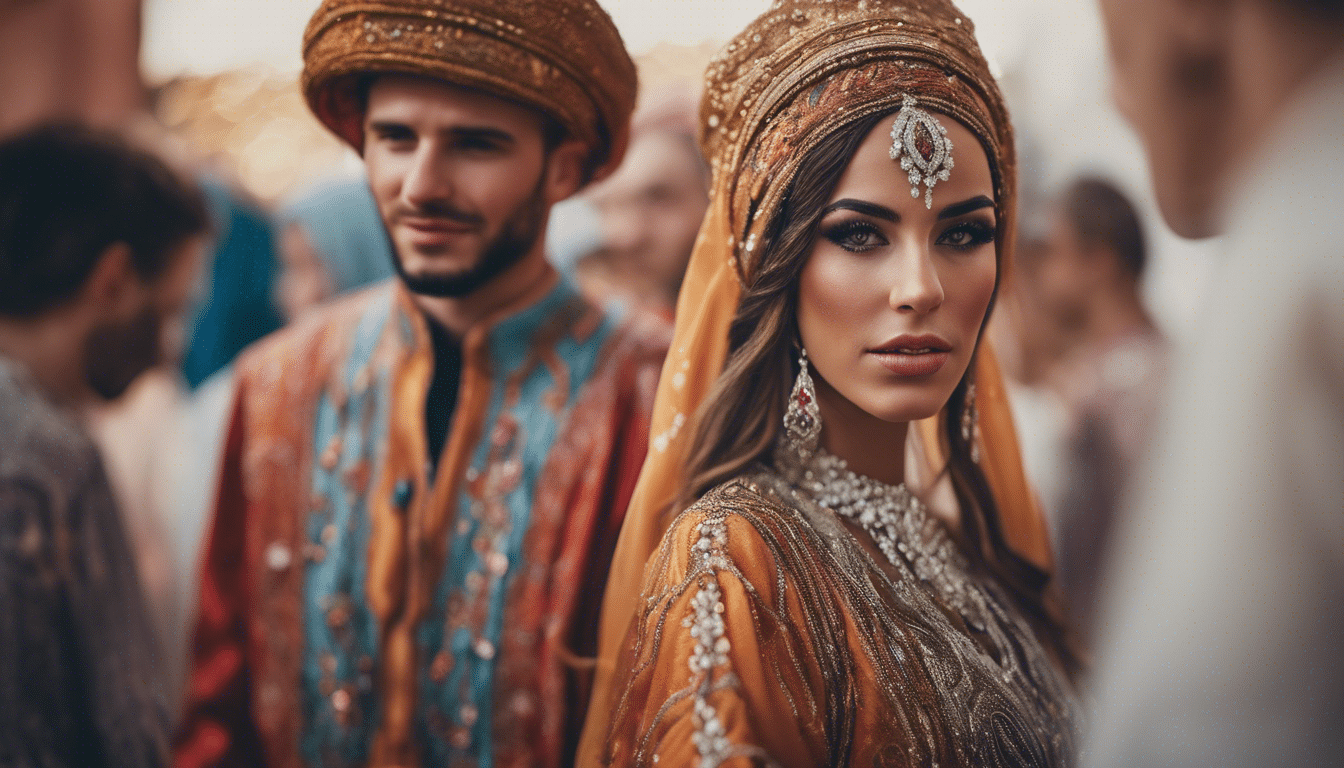
Imagine yourself amidst the vibrant buzz of a Moroccan wedding – an atmosphere imbued with the scents of incense and the rhythm of traditional music. At the heart of this splendid affair stands the groom, arrayed in his splendid attire, embodying the rich tapestry of Moroccan culture.
The groom’s clothing is an essential facet of Moroccan wedding ceremonies. It’s not just attire but a heritage passed down through generations, each stitch enlivening tales of the past. Let’s unravel the threads of the Moroccan groom’s ensemble and explore why it dazzles as a true reflection of Moroccan artistry.
Majestic Jellabas and Elegant Kaftans
The core of the Moroccan groom’s wardrobe is often the jellaba or kaftan. Though both are long and flowing robes, they carry distinct aesthetic identities. The jellaba, recognized by its pointed hood, is typically worn for more casual occasions but distinctive enough for a wedding when crafted from luxurious fabrics and sprinkled with ornate detailing. The kaftan, on the other hand, is a formal robe, usually made of silk or brocade, and is a popular choice for grooms on their wedding day. It’s the kaftan’s regal bearing, enhanced by exquisite trimmings and embroidery, that makes it a garment of celebration.
Lavish Tarboosh and Elegant Belts
No groom’s attire is complete without the iconic tarboosh– a velvet hat with a tassel that sways gently with each movement. This striking headpiece not only adds to the visual splendor but also connects the groom to Moroccan ancestry, representing respect and nobility.
Coupled with the tarboosh, a wide belt cinches the kaftan at the waist. It’s not just a functional accessory; the belt is often a work of art in itself, adorned with intricate patterns and sometimes bejeweled buckles that catch and reflect the light of the room, adding to the festive sparkle.
Footwear: A Blend of Comfort and Style
As for the feet, the traditional babouche slippers take precedence. Crafted from soft leather, these slippers might be simply designed or richly decorated with embroidery to sync with the groom’s attire. Comfort and style must walk hand in hand, as the groom will be on his feet, receiving guests and participating in ceremonies throughout the occasion.
Jewelry: The Subtle Touch of Grandeur
While jewelry might be more associated with the bride in modern Western weddings, Moroccan grooms too aren’t strangers to the embellishment of jewels. A simple gold chain or cufflinks might grace his attire, adding a subtle touch of grandeur.
Fabrics and Colors: The Canvas of Joy
Color plays a decisive role in the groom’s attire. Rich, vibrant hues like royal blue, deep red, and hearty green dominate, reflecting joy and prosperity. The choice of fabric, whether it’s silk threaded with gold or soft, plush velvet, speaks volumes of the importance of the day, ensuring that the groom is enshrined in both comfort and luxury.
As we delve into the Moroccan traditional wedding attire, it becomes clear that every thread weaves a connection to history, every color sings of joy, and every ornament tells a story of love and commitment. The groom, in his splendid regalia, is not just dressed for a ceremony, but for a pivotal moment in a tapestry of lifetimes.
In contemporary times, while some grooms may opt for a twist of modernity in their wedding attire, incorporating elements of Western fashion, the essence of the Moroccan traditional wedding attire remains rooted in the glorious past. It continues to be a vibrant mosaic not just in its visual appeal but in its representation of Moroccan heritage and the way it intertwines with the central tapestry of a wedding celebration – a festivity where two hearts and two families are woven together in the rich pattern of life.

